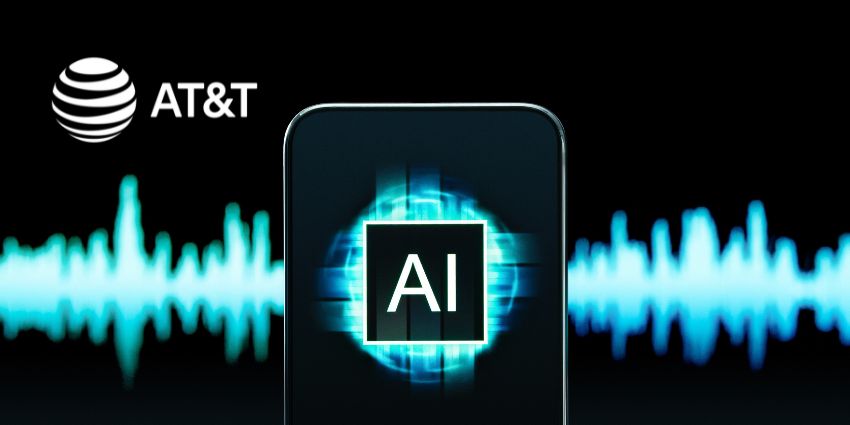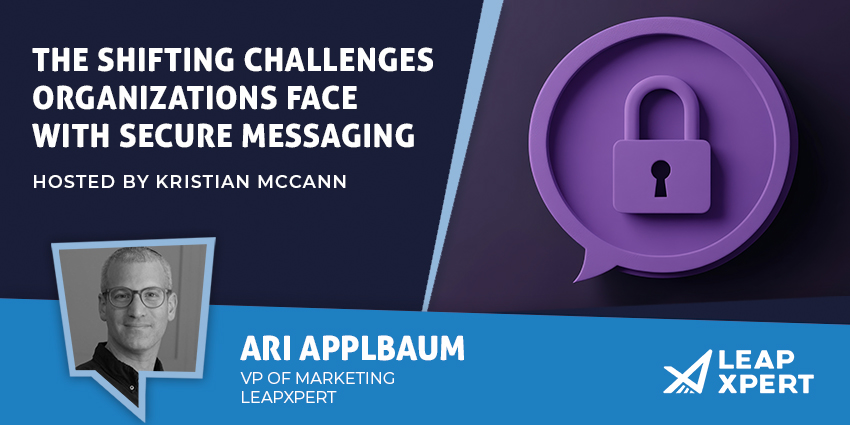Google has announced it is to trial a version of its search engine with an AI chatbot and plans to showcase 20 new AI products in 2023.
Following its much-reported management declaration of a ‘Code Red’ response to Microsoft’s repeated and increasingly more substantial OpenAI investments and the startup’s creation, ChatGPT, it has been widely presumed that this latest announcement is part of a strategic commercial countermeasure.
According to The New York Times, Google’s founders, Larry Page and Sergey Brin, were brought in for a significant C-suite meeting to discuss the threat of ChatGPT to the ubiquitous search engine’s hold on the internet.
Google is reportedly worth $149 billion, and although it filed a net profit of $13.9 billion in its third quarter of the last fiscal year, this was down 27 per cent on the previous year. Like Microsoft, it is in cost-focus mode during the current downturn. Recently parent company Alphabet shed 12,000 jobs. Microsoft also cut 10,000 workers. Both are hot to trot on being the first to lead the market by implementing the cost-efficient modelling of AI.
Google CEO’s Tough Choices and Huge Opportunity
In a message to the company where he broke the “difficult news” of having to “reduce the workforce by approximately 12,000 roles”, Sundar Pichai, CEO of Google and Alphabet, stated: “Over the past two years we’ve seen periods of dramatic growth. To match and fuel that growth, we hired for a different economic reality than the one we face today.”
Calling on Google’s long-standing history of AI development, he added:
“I am confident about the massive opportunity in front of us thanks to the strength of our mission, the value of our products and services, and our early investments in AI. To fully capture it, we’ll need to make tough choices. So, we’ve undertaken a rigorous review across product areas and functions to ensure that our people and roles align with our highest company priorities.
- What Does ChatGPT Mean for Microsoft Teams?
- Google Meet and Zoom Meetings Interoperability Rolls Out
- Microsoft Readies to Revolutionise the Workplace with ChatGPT
What Google’s AI Means for the UC&C Space
Google has various UC technology products, mostly built upon Google Search, the number one search engine in the world, which according to StatCounter, stood at 91.88% market share in June 2022.
The implications for an AI-roll out for its UC&C offering are seismic. With its ever-ongoing AI research investigations, the search leader will look to translate its research investment into commercial existence. Plus, it currently has more than twenty sets of developer tools; where one of them, Google Developers, for example, uses open source code, has lists of API services and provides project hosting for free.
In his post entitled Google Research, 2022 & beyond: Language, vision and generative models, Jeff Dean, Senior Fellow and SVP of Google Research, discussing AI models he and his colleagues are working on, commented: “We’re excited by the transformational advances, many of which we’re applying to make Google products more helpful to billions of users — including Search, Assistant, Ads, Cloud, Gmail, Maps, YouTube, Workspace, Android, Pixel, Nest, and Translate. These latest advances are making their way into real user experiences that will dramatically change how we interact with computers.”
Regarding communications and collaborations, there is the video conferencing platform Google Meet, the VoIP system Google Voice, and the instant messaging software Google Chat.
For business and productivity, its web applications for businesses, educational institutions, and nonprofits called Google Workspace include customisable versions of multiple Google services accessible through custom domain names. This includes Gmail, Google Contacts, and Google Calendar. These can be accessed from a general Google account where the products are displayed.
Relating AI to Products
How will AI relate to products? Well, like Microsoft, most likely through chatbot extensions and search windows specific to the product field. Each AI model has a particular implementation. Language models are self-explanatory, and two better-known Google-developed ones are LaMDA and Transformer, which are explored to generate coherent, contextual, natural-sounding responses. Anywhere where a language model is needed has viability for commercial use.
Expanding on this, Dean added: “We introduced a unified language model (PaLI) that can perform vision, language, question answering and object detection tasks in over 100 languages with state-of-the-art results across various benchmarks.
“In future applications, people can engage more senses to get computers to do what they want — e.g., “Describe this image in Swahili.” We’ve shown that on-device multi-modal models can make interacting with Google Assistant more natural. And we’ve demonstrated models that can, in various combinations, generate images, video, and audio controlled by natural language, images, and audio.”
Types of AI Models
As well as language models Google, the types of AI models working on are computer vision, multimodal, user control, generative video, and generative audio. Each is empowered with abilities to manipulate and create under its respective focus.
An AI model is a program or algorithm that uses a dataset to recognise specific patterns. This allows us to draw conclusions and make predictions when given enough information (often large amounts of data).
For Google and rivals Microsoft, AI models are particularly well-suited for solving complex problems while being more efficient, cost-saving, and accurate than straightforward methods.
Speaking about what Google’s research intends to uncover, Dean confirmed: “We want to build more capable machines that partner with people to accomplish a wide variety of tasks. All kinds of functions. Complex, information-seeking tasks.
“Creative tasks, like creating music, drawing new pictures, or creating videos. Analysis and synthesis tasks, like crafting new documents or emails from a few sentences of guidance, or partnering with people to jointly write software together.”
Solving Complex Problems is Cost-Efficient
Dean talked about the advantage of AI models dealing with complex problems: “We want to solve complex mathematical or scientific problems. Transform modalities, or translate the world’s information into any language. Diagnose complex diseases, or understand the physical world. Accomplish complex, multi-step actions in both the virtual software world and the physical world of robotics.”
Dean concluded: “We’ve demonstrated early versions of some of these capabilities in research artefacts, and we’ve partnered with many teams across Google to ship some of these capabilities in Google products that touch the lives of billions of users.”
Meanwhile, at Microsoft, the DALL-E 2 AI model is already part of Azure AD corporate identity services, Microsoft 365 via the Graph framework, Power Platform for API app templates, Syntex for finding corporate resources and integrated into the current range for processing: Surface laptop and device hardware.
Additionally, with Microsoft Designer, artificial assistance may be more every day when AI-powered, professional-quality graphics start invading social posts, forums, and image searches.







